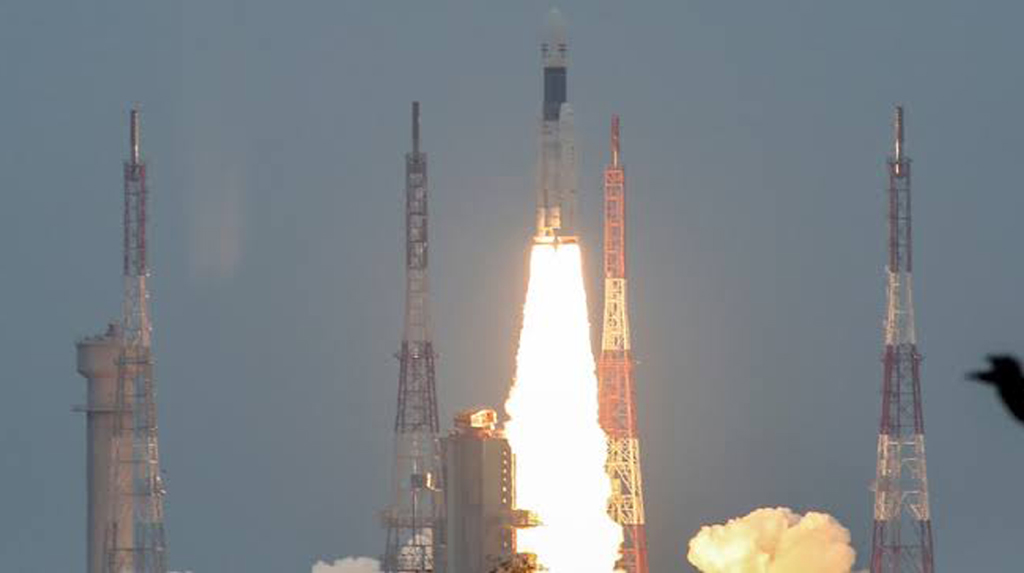New Delhi: Indias tryst with space appears to be on the slow track as the governments space expenditure still lags behind that of the major players in the space sector, flags Economic Survey 2019-2020 that was presented in Parliament on Friday.
“India spent about $1.5 billion on space programmes in 2018. However, India’s government space expenditure still lags behind that of the major players,” the survey stated.
The US has spent about 13 times more than India in the space sector in 2018 and China, which has become a key player in the space sector in the recent years, also spent about seven times more than India in 2018.
The US (NASA) had spent $19.5 billion, China (CNSA) $11 billion and Russia (Roscosmos) had spent $3.3 billion.
It also stated India has launched around 5-7 satellites per year in the recent years with no failures, barring one in 2017. In 2018, India launched seven satellites on the other hand, Russia, the US and China dominated the satellite launching services with 20, 31, and 39 satellites, respectively.
The report stated that ISRO has been pursuing the policy of engaging Indian industries in delivering space related goods and services, especially in light of the growing number of satellite and launch vehicle missions and application programmes.
In this direction, the various areas have been identified for attracting private investments in the space sector which are Production of Polar Satellite Launch Vehicle (PSLV); Satellite integration and assembly; Production of composite materials; Production of solid, liquid, cryogenic and semi-cryogenic propellants; and Production of electronic packages, testing and evaluation for avionics and satellite subsystems
Among the key areas of focus in the space programme, the first area has been satellite communication, with INSAT/GSAT system as the backbone to address the needs for telecommunication, broadcasting and satellite-based broadband infrastructure in the country.
The second area of focus has been earth observation and using space-based information for weather forecasting, disaster management, national resource mapping and governance.
The third focus area has been satellite-aided navigation including GAGAN and NavIC. GAGAN, a joint project between ISRO and the Airports Authority of India (AAI), augments GPS coverage of the region to improve accuracy and integrity for civil aviation applications and better air traffic management over Indian airspace.
NavIC, a regional Navigation system has also been established for providing Position, Navigation and Timing (PNT) Services.
Globally, space activity is undergoing tremendous changes in the recent years in terms of players and applications. This has been marked by a shift in engagement of space activities — from government agencies pursuing national needs and space exploration activities to non-governmental and private sector agencies aggressively pursuing commercial needs.
Space systems are also being actively used for national security purposes by most countries. The global space economy for 2018 tallied about $360 billion, which includes space systems manufacturing and space-based services.




